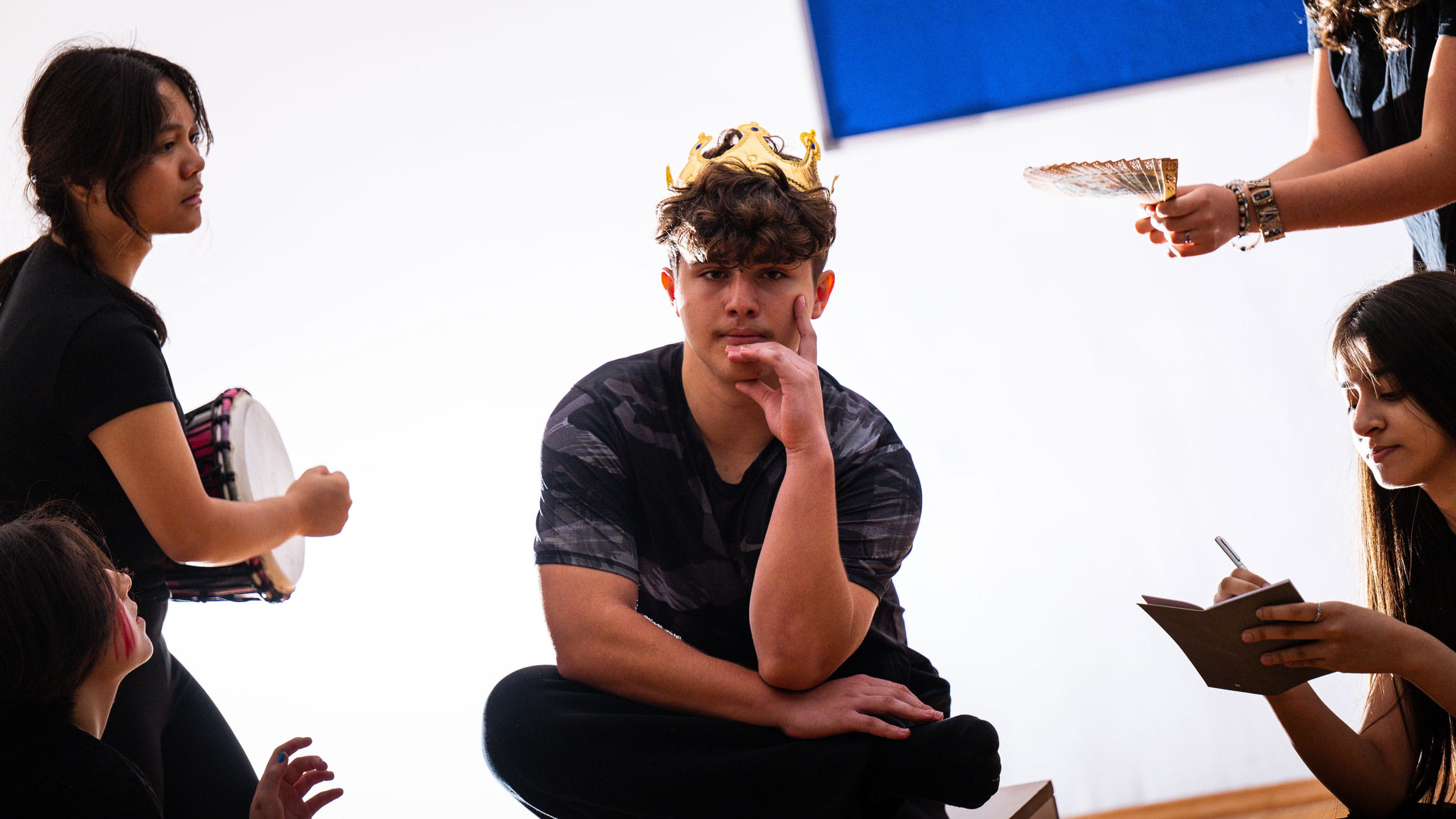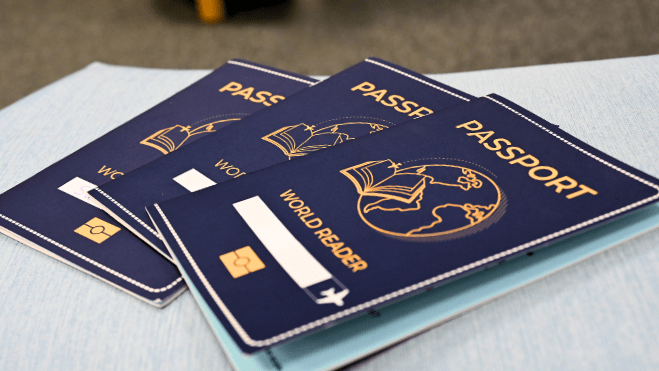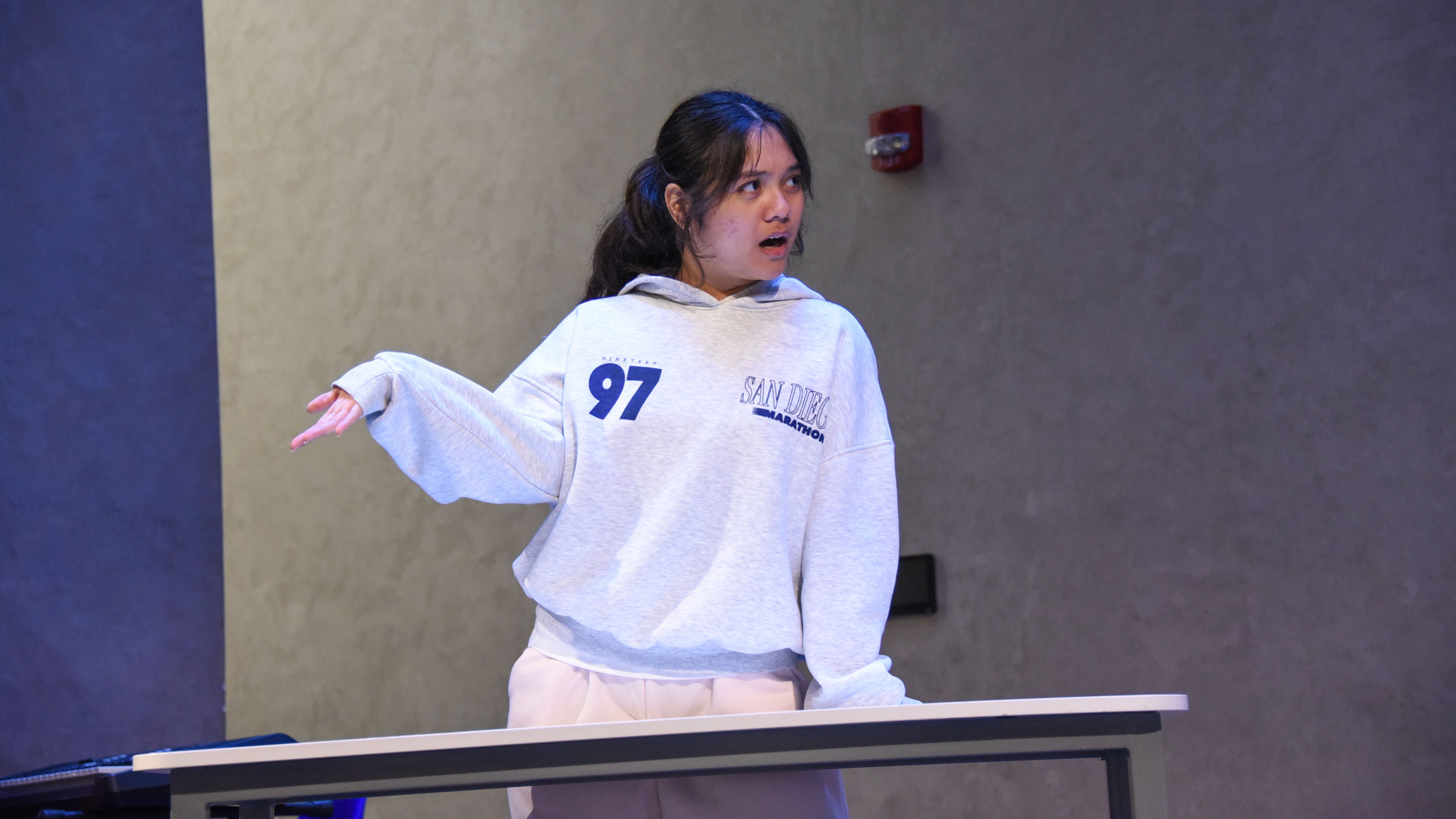What does it truly mean to be a performing artist?
This past summer in June, I travelled to New York City to attend the 10-Year Celebration of the Juilliard–Nord Anglia Performing Arts Partnership. As part of a Global Professional Development week on The Juilliard School campus, I found myself exploring this very question—personally and professionally.
I arrived feeling somewhat disconnected from my own creative identity, having spent the school year focused on laying a new foundation for creativity across our school in a growing Qatar landscape. However, by the end of the week, I had rediscovered my artistic spark—and a powerful reminder of why the performing arts matter so much in education.
A shared language of creativity
Our week began with a simple but meaningful exercise: each teacher contributed one word to build a shared vocabulary. My word was “reconnection.” As fellow performing arts teachers from Nord Anglia schools around the world added their words, it became clear—we weren’t just building a glossary. We were building a language of creativity that we could bring back to our students and school communities.
From music and movement workshops to collaborative planning sessions and evening performances in Brooklyn, we explored the 5 key values of the Juilliard Creative Classroom:
· Success for All
· Active and exploratory learning
· Igniting Creativity
· Inquiry and reflection
· Meaningful encounters
These values helped me reflect not just on how I teach, but why I teach the arts.
Creativity That connects us
A visual artist helped us transform our names into imaginative sketches—hats, towers, baskets, even cities—turning identity into artistry. A music expert led a Senegalese-style drum circle (a group activity where people sit in a circle and play traditional African drums), uniting rhythm, history, and community.
But the most powerful moment came from teaching artist and author Eric Booth, who said:
“The number one job of a teaching artist is to activate the artistry of others... Teaching artists expand the value, the relevance, and the power of the arts to make a difference in the world.”
That message has stayed with me. As a Whole School Music Teacher, my goal is to help every student create something—anything—that allows them to connect with themselves and the world.
Why the arts are essential, not extra
The performing arts are not reserved for the talented or the ambitious. They are for everyone—future doctors, designers, engineers, athletes, and beyond. The confidence gained through rehearsals, the creative thinking nurtured by exploration, and the empathy built through ensemble work are skills every child needs.
In the arts, there’s no single “correct” answer. It’s a space for curiosity, collaboration, and personal growth—where every voice has value.
A global commitment to creativity
During this professional learning journey, I built strong relationships with other Nord Anglia Performing Arts Teachers and gained new insight into our shared mission. With this renewed connection to my own creativity, I feel energised to help our students find theirs.
The arts help us stay human in a digital world. They teach us to express, collaborate, imagine, and grow. They’re our connection to the past and our link to the future.
My week began with the word “reconnection” and ended with the word “needed.” And that’s exactly what the performing arts are—needed in every school, in every community.
So, I leave you with this question: What does it mean to you to be a performing artist?
Written by
Kathleen Riley
Whole school music teacher and Juilliard link











